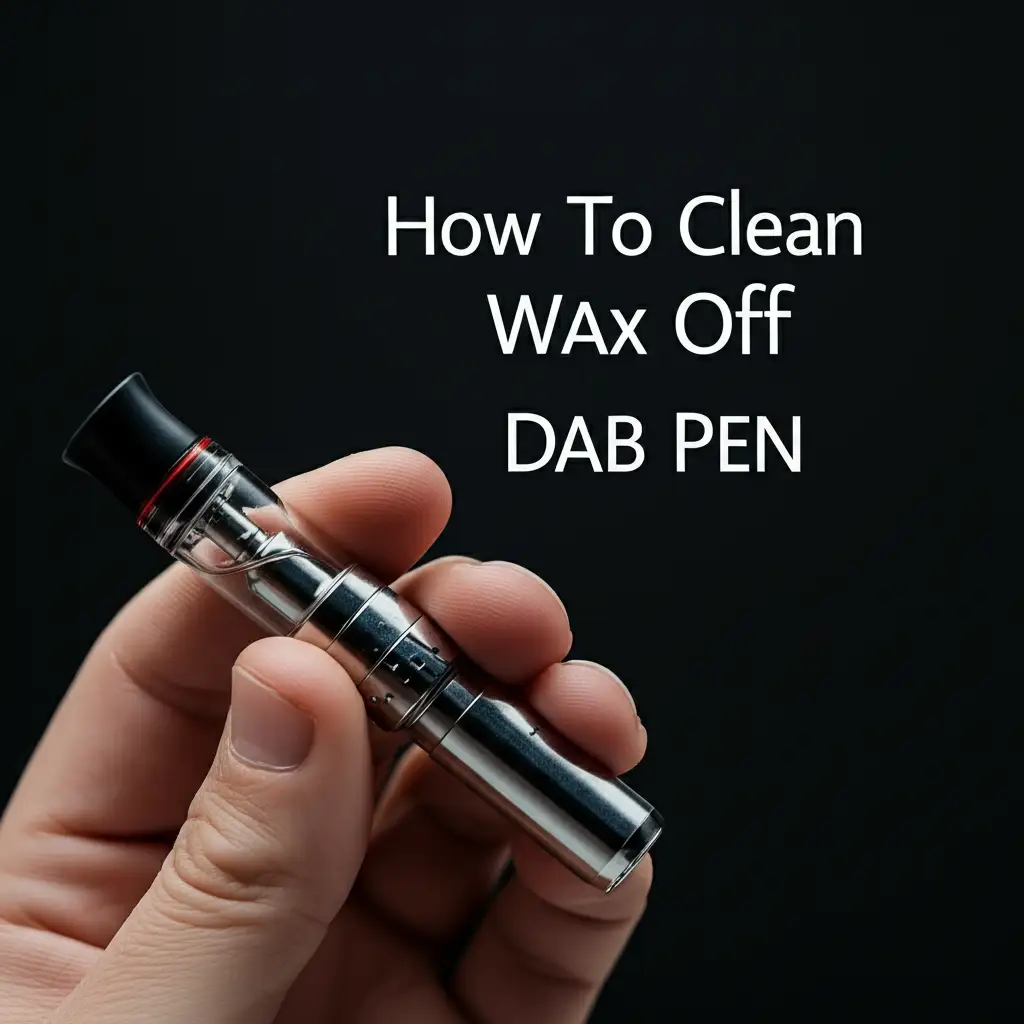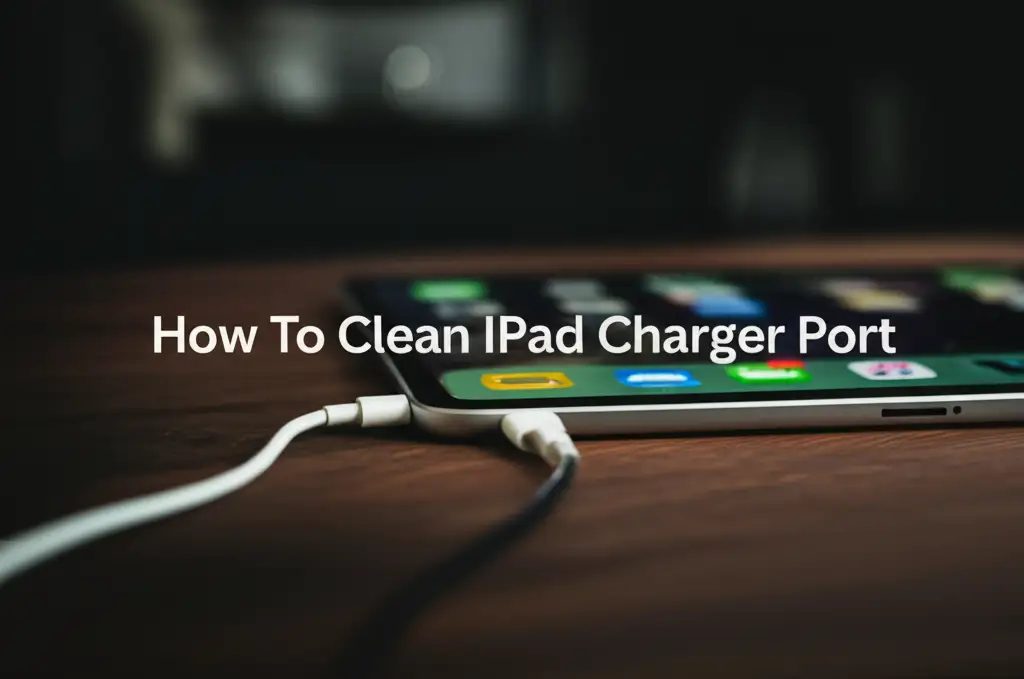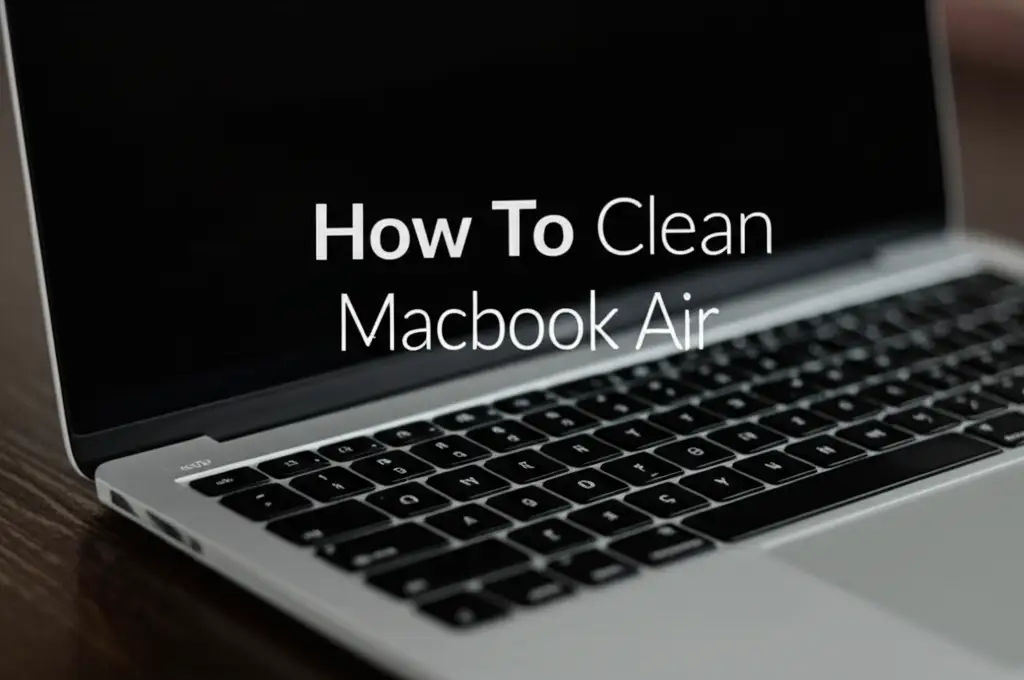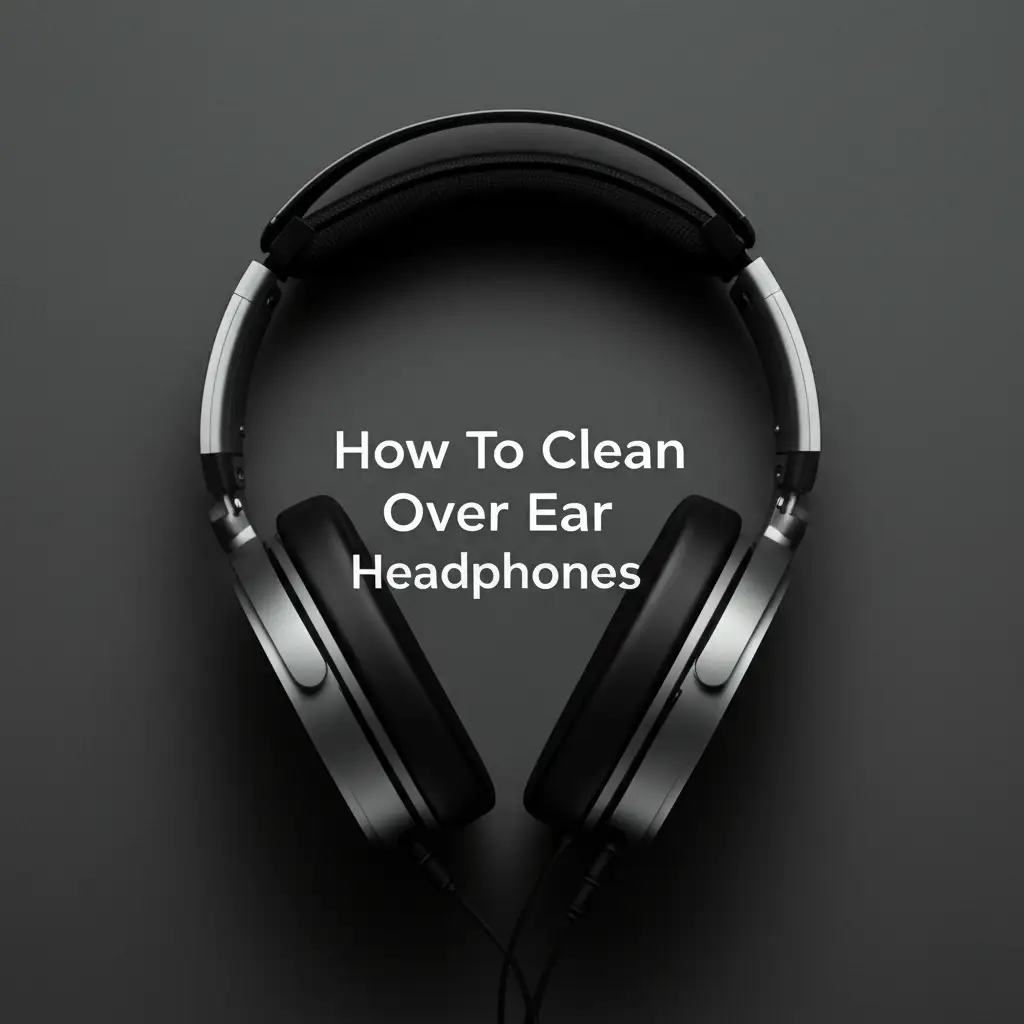· Device Maintenance · 19 min read
How To Clean Sticky Side Of Screen Protector
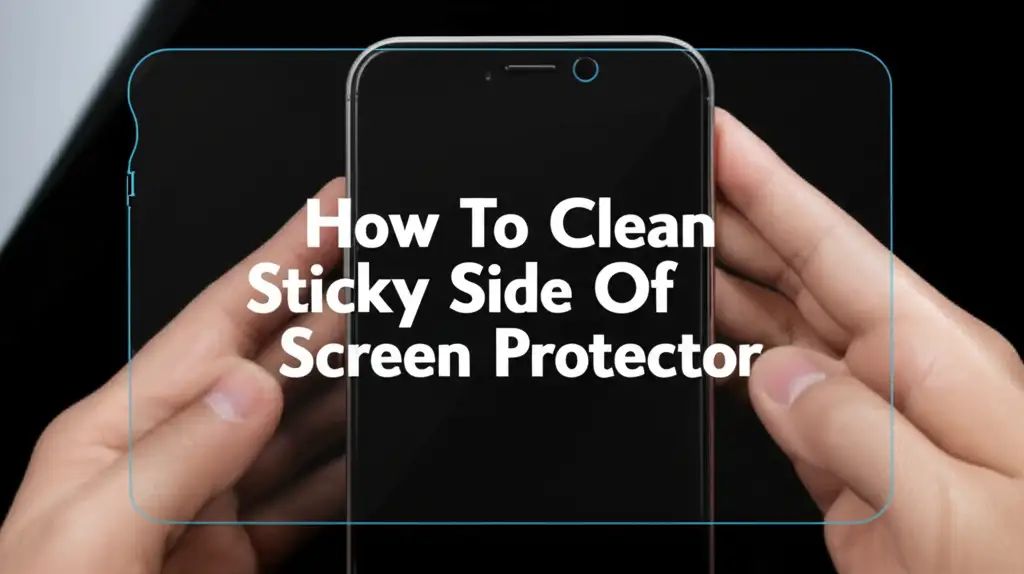
Restore Your Screen: How To Clean Sticky Side Of Screen Protector
Have you ever peeled off a screen protector only to find the sticky side covered in dust, lint, or fingerprints? It happens more often than you think. This common problem can make reapplication impossible and render your screen protector useless. But what if you could clean that sticky side and give it a second life?
Many people believe a screen protector is ruined once its adhesive surface gets contaminated. However, this is not always true. With the right techniques and careful handling, you can often clean the sticky side of a screen protector. This article shows you how to clean sticky side of screen protector. We will explore various methods, essential tools, and important precautions. You can save money and extend the life of your device’s protection.
Takeaway
- Use distilled water and a microfiber cloth for light dust.
- Apply rubbing alcohol or specialized adhesive remover for stubborn grime.
- Always test cleaning solutions on a small area first.
- Handle the screen protector by its edges to avoid re-contamination.
- Allow the adhesive to air dry completely before reapplication.
To clean the sticky side of a screen protector, gently rinse it with distilled water or use a lint-free cloth dampened with isopropyl alcohol for adhesive residue. Handle by the edges, avoid touching the sticky part, and allow it to air dry completely before reapplication.
Understanding Screen Protector Adhesives and Contamination
Screen protectors use a special adhesive layer to bond to your device’s screen. This layer is designed to be clear and strong, holding the protector firmly in place. Over time, or during removal, this adhesive can pick up various contaminants. Dust particles, lint, skin oils, and even tiny fibers can cling to the sticky surface. Once these foreign particles embed themselves, they prevent the screen protector from forming a complete seal. This leads to air bubbles and reduced clarity. Understanding why your screen protector’s sticky side gets dirty is the first step toward effective cleaning.
The adhesive on most screen protectors is pressure-sensitive. This means it sticks better under gentle pressure. When the adhesive surface is clean, it creates a uniform bond with the device screen. Contaminants break this bond. They create tiny gaps where air can get trapped. This not only looks unsightly but also reduces the protector’s effectiveness. Cleaning aims to remove these contaminants without damaging the adhesive itself. We want to restore its original sticky properties.
Different types of screen protectors may have slightly different adhesives. Some use silicone-based adhesives, while others use acrylic. Knowing the general nature of these adhesives helps in choosing the right cleaning solution. Harsh chemicals can dissolve or weaken the adhesive layer, making the protector unusable. We must use gentle, targeted cleaning methods. This ensures the adhesive remains intact and functional.
Proper handling is also crucial. When you remove a screen protector, always try to touch only the edges. Avoid touching the sticky side directly with your fingers. Your skin contains oils and particles that can transfer to the adhesive. These oils are difficult to remove and can leave permanent marks. Wearing gloves can help. It reduces the risk of adding new contaminants while you clean.
Essential Tools and Preparations for Cleaning
Before you start cleaning the sticky side of your screen protector, gather all the necessary tools. Having everything ready beforehand makes the process smoother and reduces the chance of errors. A well-prepared workspace is key to a successful cleaning operation. This is especially true when dealing with delicate electronic accessories.
First, you need a clean, dust-free environment. A bathroom after a hot shower can be ideal, as the steam helps settle airborne dust. Avoid cleaning near open windows or fans, which can stir up particles. Lay down a clean, lint-free cloth or paper towel on a flat surface. This protects your screen protector and prevents new contamination.
Here is a list of essential tools you will need:
- Microfiber cloths: Use soft, lint-free microfiber cloths. These cloths are excellent for picking up dust and smudges without scratching surfaces. Have at least two on hand: one for cleaning and one for drying.
- Distilled water: Tap water can leave mineral deposits, especially if it’s hard water. Distilled water is purified and free from these impurities. It is the safest option for rinsing.
- Isopropyl alcohol (IPA) 70% or 90%: IPA is a common, safe solvent for electronics. It evaporates quickly and leaves no residue. Ensure it’s not denatured alcohol, which can contain additives.
- Lint roller or masking tape: These are useful for picking up larger dust particles or lint from the adhesive surface before wet cleaning. You can also use painter’s tape, which is less sticky.
- Air blower (optional): A small bulb blower or canned air (use cautiously) can dislodge loose dust. Make sure it’s pure air, not liquid propellant.
- Gloves: Disposable latex or nitrile gloves prevent skin oils and fingerprints from transferring to the adhesive.
- A magnifying glass (optional): This helps you see tiny dust particles more clearly.
Ensure all your tools are clean. A dirty cloth or dusty workspace will only make the problem worse. Remember, the goal is to remove contaminants, not add them. Proper preparation ensures that you can effectively clean the sticky side of your screen protector. This increases the chances of a perfect reapplication.
Gentle Cleaning Methods for Minor Stickiness
When your screen protector’s sticky side has minor dust or lint, gentle methods are often enough. These techniques are designed to remove light contamination without using harsh chemicals. They help preserve the adhesive’s integrity. Always start with the least invasive method. Move to stronger options only if necessary. This minimizes the risk of damage.
Your first line of defense is an air blower. Use a bulb blower to puff air across the sticky surface. This can dislodge loose dust particles. Hold the screen protector by its edges. Blow air parallel to the surface. Avoid using canned air unless it’s designed for electronics. Some canned air can release liquid propellant, which might damage the adhesive.
Next, try a lint roller or a piece of masking tape. Gently press the sticky side of the lint roller or tape onto the screen protector’s adhesive surface. Then, lift it off. The adhesive on the lint roller or tape will pick up dust and lint. Repeat this process, using a fresh section of the roller or tape each time. Be very gentle. Do not press too hard, as this can transfer adhesive from the tape to the screen protector. This method is surprisingly effective for visible particles.
For fine dust that the air blower or tape cannot remove, distilled water is your friend. Hold the screen protector under a stream of cool, distilled water. Allow the water to run over the sticky side. Do not rub or wipe the surface. The water pressure can help dislodge very small particles. After rinsing, gently shake off excess water. Then, let the screen protector air dry completely in a dust-free environment. Place it sticky-side up on a clean, lint-free surface. Avoid direct sunlight or heat, which can affect the adhesive.
Air Blower Method:
- Hold screen protector by edges.
- Blow air across sticky surface to remove loose dust.
- Ensure air is pure, no propellants.
Lint Roller/Tape Method:
- Gently press a lint roller or masking tape onto the sticky side.
- Lift it off to pick up dust.
- Use fresh tape sections as needed.
Distilled Water Rinse:
- Rinse sticky side under cool, distilled water.
- Do not rub the surface.
- Air dry completely in a dust-free area.
These gentle methods work best for surface-level contaminants. They are safe for most screen protector adhesives. Always ensure the screen protector is completely dry before attempting to reapply it to your device. Any moisture can create bubbles or weaken the bond.
Tackling Stubborn Residue on Your Screen Protector
Sometimes, gentle methods are not enough. If your screen protector’s sticky side has stubborn smudges, oily fingerprints, or more embedded dirt, you need a stronger approach. This often involves using a mild cleaning solution. The key is to choose a solution that removes the grime without harming the adhesive. We always aim to restore, not destroy.
Isopropyl alcohol (IPA) is a go-to solution for many electronics cleaning tasks. It evaporates quickly and leaves minimal residue. For screen protector adhesives, a solution of 70% or 90% IPA is usually safe. Do not use higher concentrations, as they can be too harsh. You want to clean, not dissolve, the adhesive.
Here is how to use IPA effectively:
- Dampen a Microfiber Cloth: Pour a small amount of IPA onto a clean, lint-free microfiber cloth. The cloth should be damp, not soaking wet. Excess liquid can seep into the adhesive layer and cause damage.
- Gentle Wiping Motion: Gently wipe the sticky side of the screen protector. Use light, even strokes. Do not press hard or scrub aggressively. The goal is to lift the residue, not rub it deeper into the adhesive.
- Work in Small Sections: If the screen protector is large, work on small sections at a time. This ensures the IPA does not dry too quickly before you can wipe the residue away.
- Repeat if Necessary: For very stubborn spots, you might need to repeat the process. Always use a fresh, clean part of the microfiber cloth for each pass.
- Air Dry Completely: After cleaning, allow the screen protector to air dry completely. This is crucial. Any remaining alcohol can prevent proper adhesion when you reapply it. You can place it sticky-side up on a clean, elevated surface to promote airflow.
Another option for extremely stubborn, oily residue is a very diluted solution of dish soap and distilled water. Mix one drop of mild dish soap with a cup of distilled water. Dampen a microfiber cloth with this solution. Gently wipe the sticky side, then rinse thoroughly with plain distilled water to remove all soap residue. This method requires careful rinsing to ensure no soap film remains, which could affect adhesion.
When dealing with stickiness on other devices, like sticky buttons on an Xbox controller, the approach might differ slightly. You can find more details on how to clean sticky buttons on an Xbox controller for a comparison of methods for different sticky surfaces. Remember that screen protector adhesives are more delicate. Always prioritize gentleness and proper drying.
Advanced Techniques for Deep Cleaning Adhesives
For embedded dirt or significant adhesive contamination, basic wiping might not suffice. Sometimes, you need to employ more focused, advanced techniques. These methods require extra caution to prevent damage to the delicate adhesive layer. The goal is to deep clean the sticky side without compromising its ability to stick.
One advanced method involves a “wash” approach with an IPA solution. Instead of just wiping, you can create a shallow bath. Pour a small amount of 70% or 90% isopropyl alcohol into a clean, flat dish. Carefully submerge only the sticky side of the screen protector into the IPA for a few seconds. The alcohol helps loosen and dissolve tougher residues. This is not for prolonged soaking. Immediate removal is key.
After a brief dip, gently lift the screen protector. Use a clean, lint-free microfiber cloth or a soft, non-abrasive foam swab to gently wipe away any loosened debris. Again, wipe very lightly. The idea is to let the alcohol do most of the work. If you see persistent particles, you can try gently dabbing them with a fresh, IPA-dampened cloth. Do not rub in circles, as this can spread contaminants or damage the adhesive.
Another technique for very specific, tiny specks of hard-to-remove debris is using a specialized adhesive removal pen or a piece of clear Scotch tape (not masking tape). Apply the clear tape to the affected area of the screen protector’s sticky side. Press it gently, then quickly peel it off. This can lift stubborn particles that are embedded. This method works on the principle of adhesion transfer. You are transferring the particle from the screen protector to the tape. This requires extreme precision. Do not use this method if the screen protector adhesive is already weak. It might pull off too much of the adhesive.
IPA Submersion (Brief):
- Pour shallow 70-90% IPA into a clean dish.
- Briefly dip only the sticky side of the screen protector.
- Immediately remove and gently wipe with a microfiber cloth.
Clear Scotch Tape “Dab”:
- Apply a small piece of clear Scotch tape to embedded debris.
- Press gently, then quickly peel off.
- Use with extreme caution on a strong adhesive.
After any advanced cleaning, always follow up with a thorough air-drying process. Ensure the screen protector is completely dry and free of any liquid residue. This might take several hours. Patience is crucial for optimal results. Rushing the drying process can lead to bubbles or failure to stick properly. Test the stickiness by gently pressing a corner to a clean, smooth surface (like a clean glass table) before attempting to reapply to your device.
Crucial Precautions and What to Avoid
Cleaning the sticky side of a screen protector is a delicate process. Taking proper precautions is vital to avoid damaging the protector or your device. One wrong step can ruin the adhesive entirely. Always prioritize safety and gentleness.
First and foremost, never use abrasive materials. This includes rough cloths, paper towels, or anything that can scratch the adhesive layer. Scratches on the sticky side will create permanent air bubbles. Stick to soft, lint-free microfiber cloths. They are designed for delicate surfaces.
Avoid harsh chemicals. While isopropyl alcohol is generally safe, avoid household cleaners like window cleaner, ammonia-based solutions, or strong solvents. These chemicals can dissolve the screen protector’s adhesive or even the protector material itself. They can also leave residues that are impossible to remove. For instance, while some general cleaning might involve agents like vinegar and baking soda, these are not suitable for delicate screen protector adhesives. You can read more about how to clean with vinegar and baking soda for other applications, but exclude them from this process.
Do not use excessive force. Whether you are wiping or applying tape, be gentle. Pressing too hard can deform the screen protector. It can also spread contaminants rather than lifting them. Excessive rubbing can also create static electricity, attracting more dust. Always use light, even pressure.
Never touch the sticky side with your fingers. This is perhaps the most important rule. Skin oils and fingerprints are notoriously difficult to remove from adhesive. Once they are on the surface, they create permanent spots that will cause bubbles when reapplied. Always handle the screen protector by its edges. Wearing disposable gloves is highly recommended.
- Do Not Use:
- Abrasive materials (paper towels, rough cloths).
- Harsh chemicals (ammonia, window cleaner, bleach).
- Excessive force or aggressive scrubbing.
- Your bare fingers on the sticky side.
Ensure complete drying. Any moisture left on the adhesive will prevent it from sticking properly. It can also trap air or create a foggy appearance. Allow ample time for the screen protector to air dry. Do not use heat sources like hair dryers, as extreme heat can deform the protector or weaken the adhesive. Patience is key for a bubble-free reapplication. By following these precautions, you maximize your chances of successfully cleaning and reusing your screen protector.
Reapplying the Screen Protector After Cleaning
You have successfully cleaned the sticky side of your screen protector. Now comes the moment of truth: reapplication. This step is critical for a bubble-free and effective seal. Proper reapplication ensures all your cleaning efforts pay off. A dust-free environment and careful execution are key.
First, prepare your device’s screen. Even the cleanest screen protector will not stick well if the device screen is dirty. Use a clean, lint-free microfiber cloth to wipe your device’s screen. If necessary, use a small amount of IPA (70%) on the cloth to remove any smudges or oils from the device screen itself. Ensure the device screen is completely dry and spotless. Use an air blower to remove any last dust particles.
Next, handle the freshly cleaned screen protector with extreme care. Continue to hold it only by its edges. Align the screen protector carefully with your device’s screen. Many screen protectors come with alignment stickers or guides. Use these if available. Proper alignment on the first try reduces the need to lift and reapply, which can introduce new dust.
Begin by gently lowering one edge of the screen protector onto your device screen. Once the first edge makes contact, slowly lower the rest of the protector. You should see the adhesive starting to spread across the screen. If bubbles appear, gently lift the nearest edge just enough to release the air, then slowly lower it again. Do not lift the entire protector if only a small bubble is present.
Use a credit card or a squeegee tool (often included with screen protectors) to smooth out any remaining air bubbles. Start from the center and push outwards towards the edges. Apply firm, even pressure. This helps to secure the adhesive bond and remove trapped air. If small dust particles are visible under the protector, sometimes you can gently lift an edge and use a piece of tape to dab them off the device screen or the protector adhesive. This requires a steady hand and a very clean tape.
- Prepare Device Screen: Clean device screen thoroughly with a microfiber cloth and IPA (if needed).
- Align Carefully: Hold screen protector by edges, align with device screen.
- Lower Slowly: Gently lower one edge, then rest of protector, letting adhesive spread.
- Remove Bubbles: Use a squeegee or credit card, push bubbles from center outwards.
Allow the screen protector to settle for a few hours after reapplication. The adhesive needs time to fully bond. Avoid excessive touching or use during this period. A properly cleaned and reapplied screen protector can look as good as new, extending its life and protecting your device effectively.
Maintaining Your Screen Protector for Longevity
Cleaning the sticky side of your screen protector is a rescue mission. The best approach, however, is to prevent contamination in the first place. Proper maintenance extends the life of your screen protector. It also keeps your device’s screen looking pristine. Small habits make a big difference.
First, always handle your device and screen protector with clean hands. Skin oils and dirt are primary culprits for sticky residue buildup. Before applying or reapplying a screen protector, wash your hands thoroughly with soap and water. This simple step prevents the transfer of contaminants.
Regularly clean the outer surface of your screen protector. A build-up of dust, fingerprints, and smudges on the top can indirectly affect the adhesive over time. These particles can migrate to the edges and work their way underneath. Use a clean, dry microfiber cloth to wipe your screen daily. For tougher smudges, a slightly damp microfiber cloth with distilled water or a specialized screen cleaner spray works well. Wipe gently in one direction.
Avoid exposing your device to dusty or dirty environments without proper protection. If you work in a dusty area, consider a rugged case that also covers the screen. While screen protectors offer a barrier, extreme conditions can overwhelm them. Keep your device in a clean bag or pocket when not in use. This limits exposure to lint and debris.
When you remove a screen protector, do so carefully. Peel it off slowly and evenly. Try to avoid bending or creasing the protector, which can damage the adhesive or the protector itself. If you plan to reuse it, immediately place the sticky side onto a clean, non-shedding surface. Some screen protectors come with a plastic film designed for temporary storage. This protects the adhesive until you can clean or reapply it.
- Wash hands before handling.
- Clean outer surface regularly: Use a microfiber cloth for daily cleaning.
- Avoid dusty environments: Keep device protected.
- Remove protector carefully: Peel slowly, avoid bending.
- Store sticky side protected: Use original film or a clean, smooth surface.
By following these maintenance tips, you can significantly prolong the life of your screen protector. You minimize the chances of the sticky side getting contaminated. Prevention is always easier than cleaning a sticky mess.
FAQ Section
Can I use regular tap water to clean the sticky side of my screen protector?
No, it is not recommended to use regular tap water. Tap water contains minerals and impurities that can leave water spots or mineral deposits on the adhesive surface. These deposits will affect the screen protector’s clarity and ability to stick properly. Always use distilled water for the best results.
What if my screen protector’s adhesive is no longer sticky after cleaning?
If the adhesive is no longer sticky after cleaning, it means the cleaning process was either too harsh or the adhesive was already compromised. Over-scrubbing, using strong chemicals, or prolonged liquid exposure can damage the adhesive. In this case, the screen protector is likely beyond repair and needs replacement.
How long does it take for the screen protector to dry after cleaning?
The drying time depends on the cleaning method and environmental conditions. For a simple water rinse, it might take a few hours for complete air drying. If you used isopropyl alcohol, it evaporates much faster, usually within minutes. Always ensure it is completely dry to the touch before reapplication to prevent bubbles.
Can I use a hair dryer to speed up the drying process?
No, do not use a hair dryer or any external heat source. High heat can damage the screen protector material, deform it, or weaken the adhesive permanently. Air drying at room temperature in a dust-free environment is the safest and most effective method. Patience is crucial for good results.
Will cleaning the sticky side affect the screen protector’s clarity?
If cleaned properly with appropriate methods and solutions, cleaning the sticky side should not affect the screen protector’s clarity. However, if residue is left behind, or if the adhesive is damaged, it can appear foggy or cause permanent bubbles. Always use lint-free cloths and purified water or alcohol.
Is it always worth cleaning a screen protector, or should I just buy a new one?
It is often worth attempting to clean a screen protector, especially if it’s a high-quality or expensive one. For minor dust or lint, cleaning is quick and effective. However, if the adhesive is severely damaged, scratched, or heavily contaminated with unremovable gunk, buying a new screen protector might be the more practical solution.
Conclusion
Facing a sticky screen protector can be frustrating, but it does not always mean the end for your device’s protection. As we have explored, knowing how to clean sticky side of screen protector effectively can revive its functionality. You can save money and reduce waste. From gentle rinses with distilled water to careful application of isopropyl alcohol, each method serves a purpose in removing contaminants and restoring adhesion.
Remember to prioritize cleanliness and gentleness throughout the process. Use the right tools, work in a dust-free environment, and always handle the screen protector by its edges. Avoid harsh chemicals, abrasive materials, and excessive force, as these can irreversibly damage the delicate adhesive. The key to success lies in patience and precision, especially during the crucial drying and reapplication stages.
By following these guidelines, you can give your screen protector a second chance at providing clear, bubble-free protection for your valuable device. Regular maintenance habits also go a long way in preventing future sticky situations. Keep your screens clean, your protectors clear, and your devices well-protected. Your efforts will ensure your screen remains pristine for a long time.
- screen protector cleaning
- sticky adhesive removal
- phone screen care
- tablet protector
- electronics cleaning
- restore screen protector

